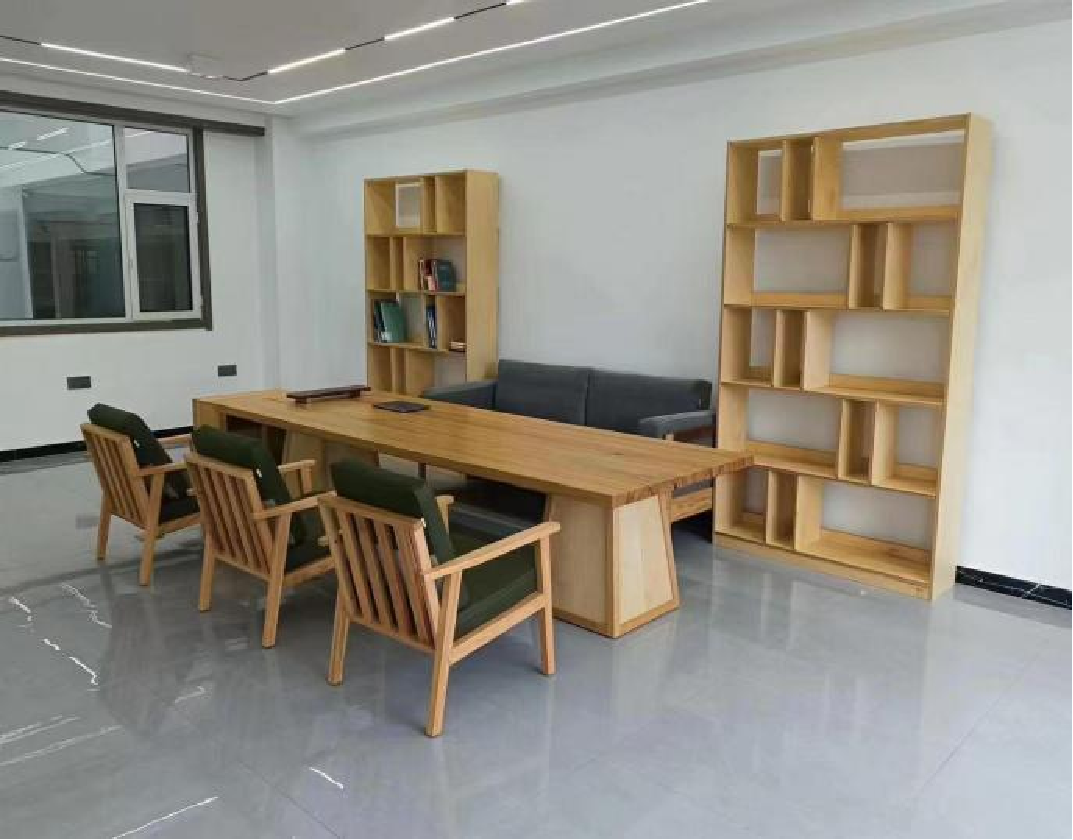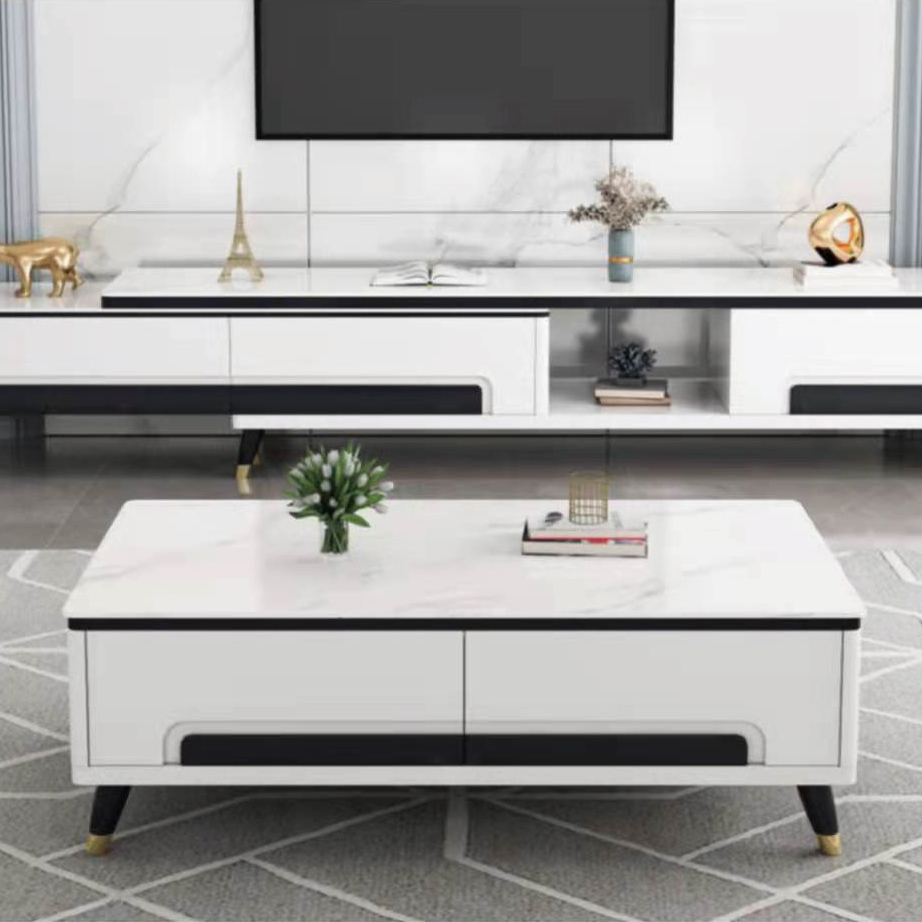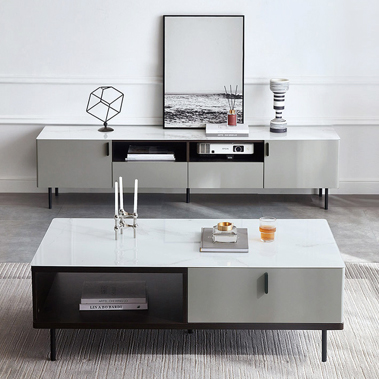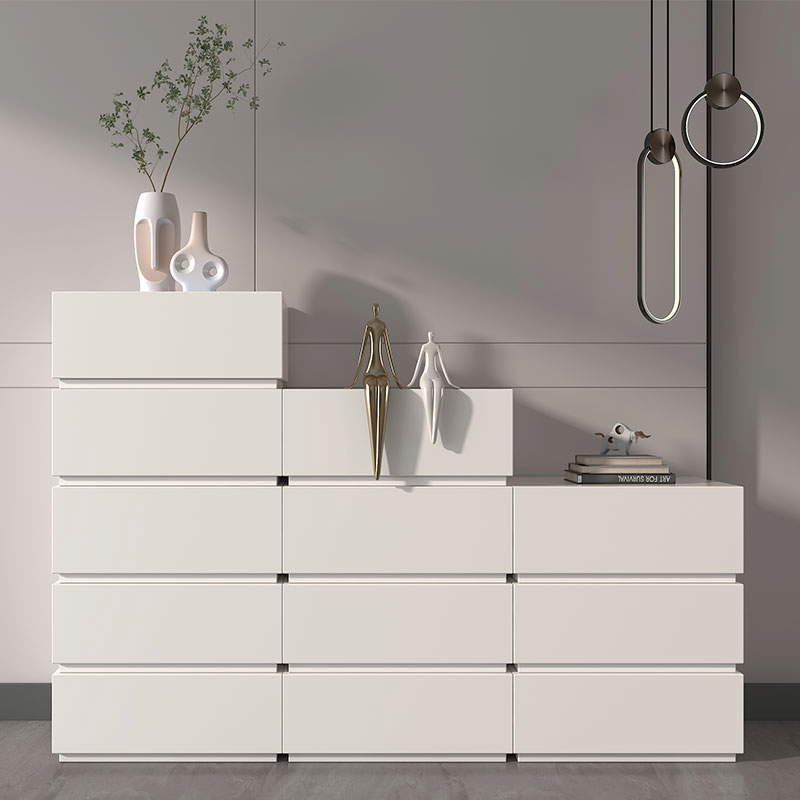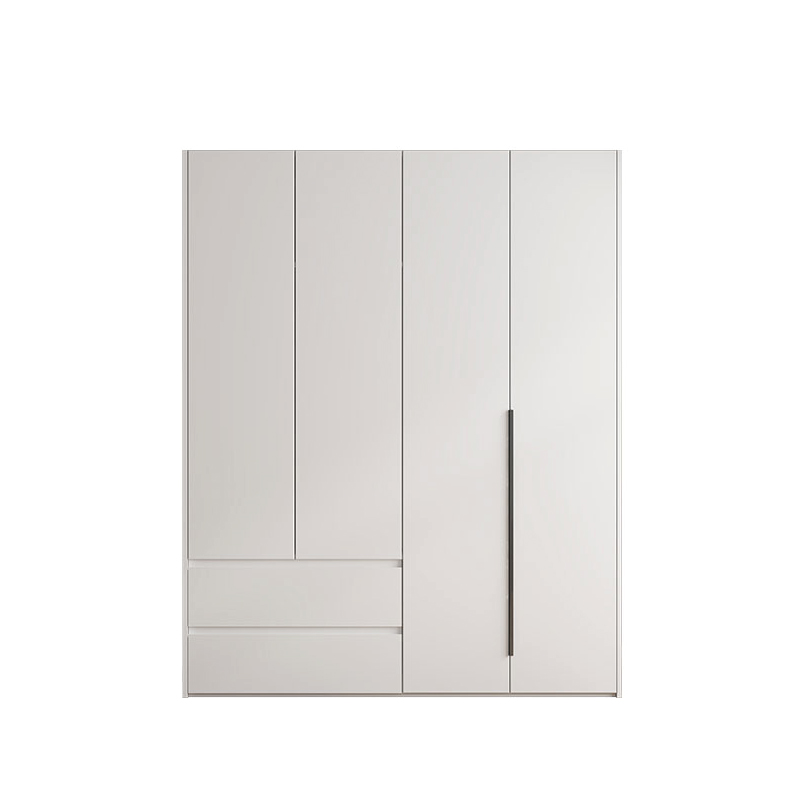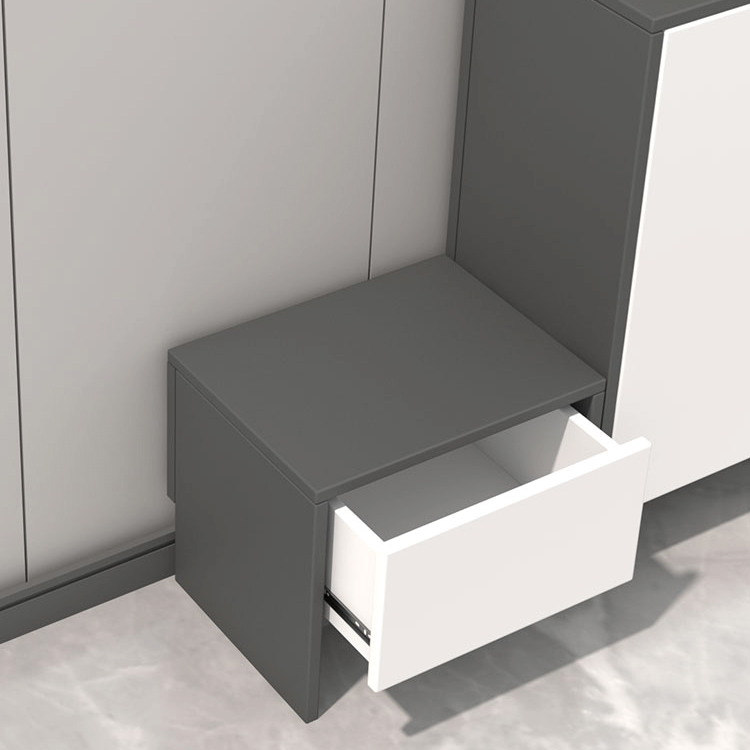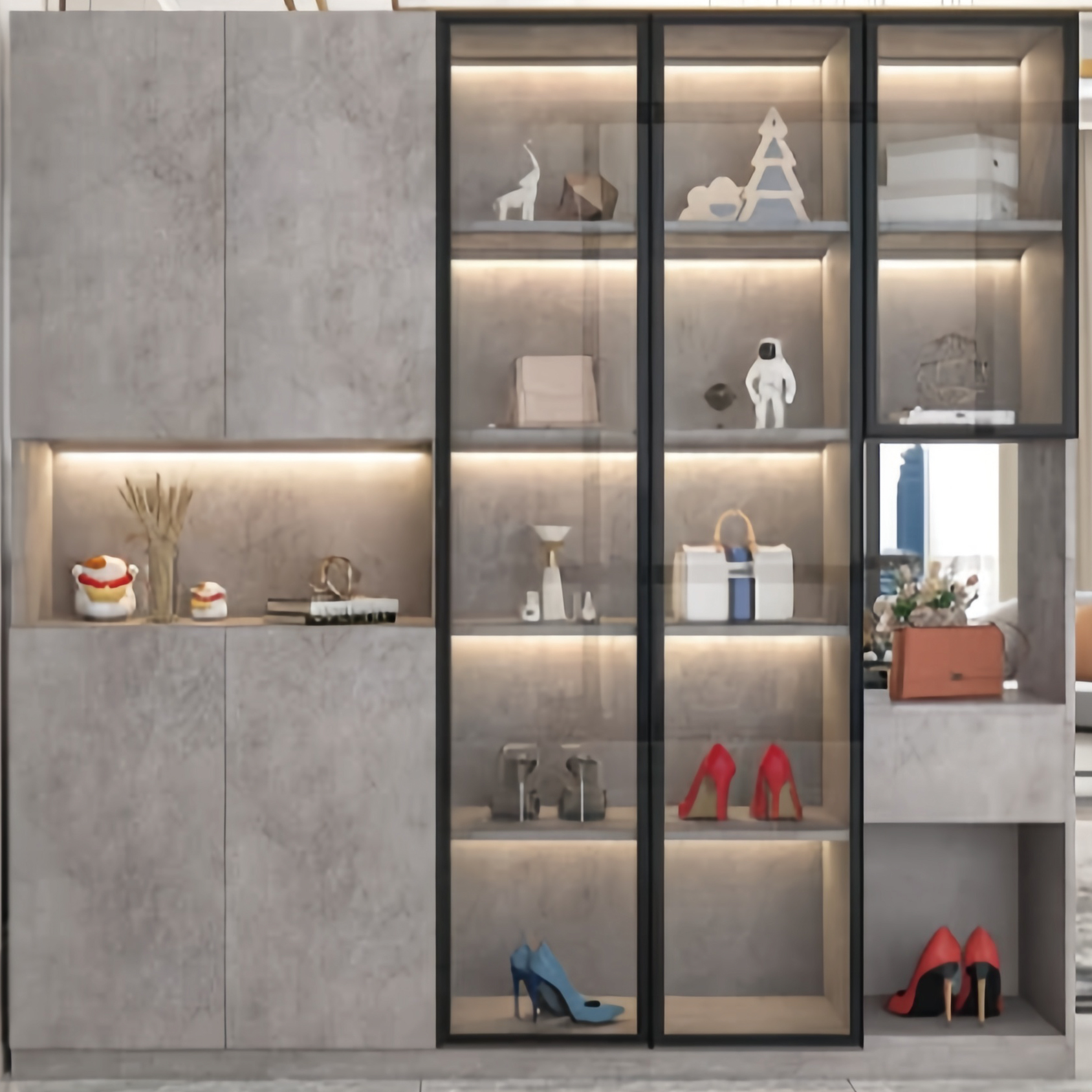Panel furniture has maintained steady expansion globally, with China’s market alone projected to exceed 720 billion RMB by 2030 at an 8.2% CAGR. Its enduring growth stems from four core drivers that align with industry evolution and market demands.
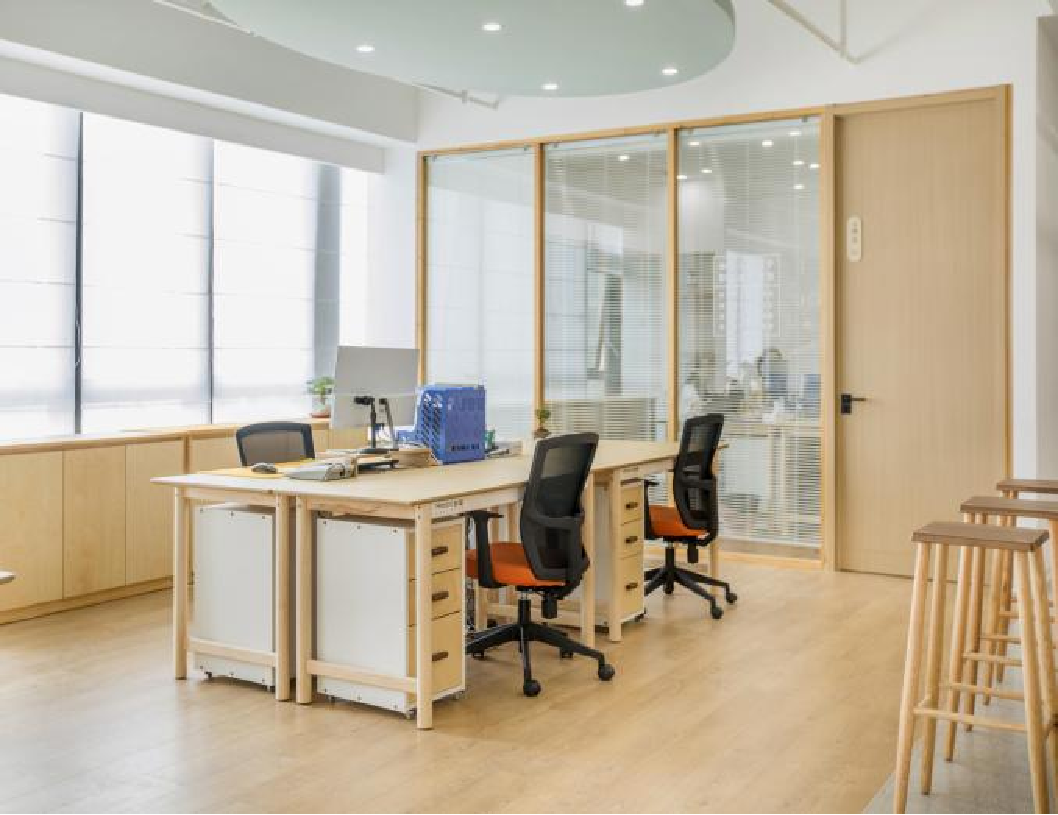
1. Resource Efficiency & Circularity
Unlike solid wood furniture, panel products maximize resource utilization by incorporating wood waste, small-diameter logs, and fast-growing plantations. Advanced nesting systems now boost material utilization to 93%, cutting waste costs by 18% . The rise of recycling networks further closes the loop—end-of-life panels are repurposed into new materials, reducing reliance on virgin timber and supporting global sustainability goals. Certifications like FSC and E1-grade emissions standards have become market entry prerequisites, strengthening its eco-credentials.
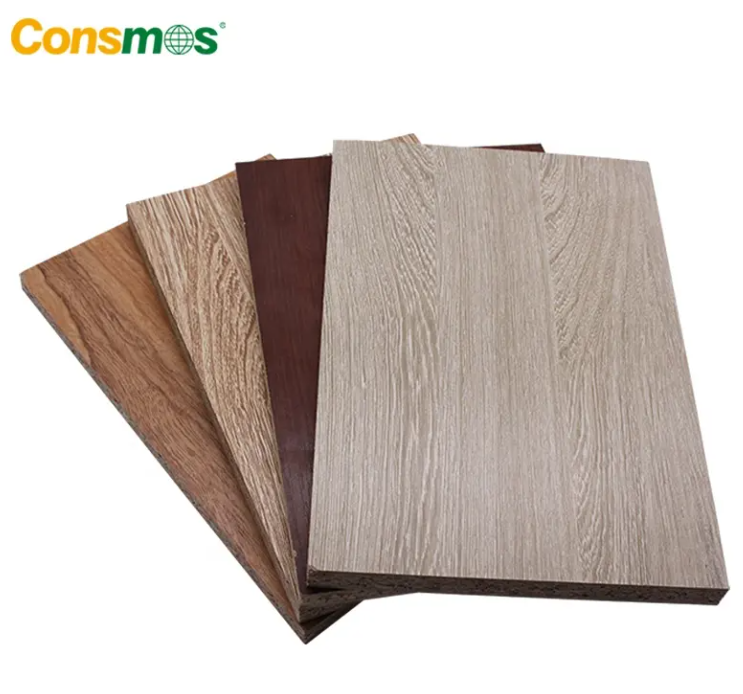
2. Technological Innovation
Smart manufacturing has redefined production efficiency. Flexible production lines powered by industrial internet platforms shorten order lead times from weeks to 7 days, while AI-driven scheduling optimizes workflow . Material breakthroughs, such as formaldehyde-free MDI adhesives and bamboo-fiber composites, enhance product durability while meeting strict VOC regulations . Digital tools like 3D modeling also reduce design errors to below 0.5%, elevating quality consistency.
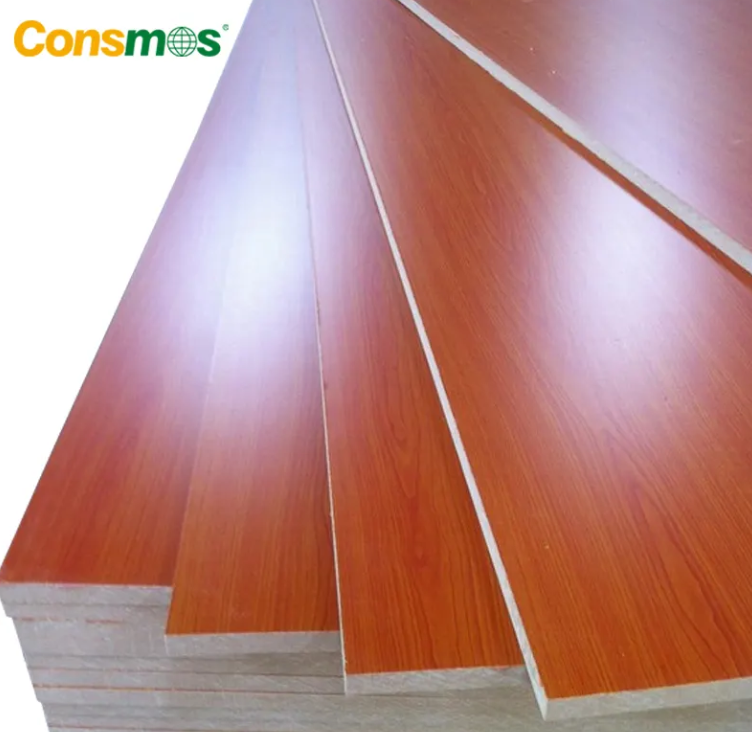
3. Policy & Regulatory Impetus
Global sustainability mandates drive industry transformation. China’s "Dual Carbon" goals and the EU’s CBAM mechanism force manufacturers to adopt green practices, pushing eco-friendly panel penetration from 45% in 2025 to 65% by 2030 . Mandatory E1 emission standards and timber traceability rules (e.g., EUTR) accelerate industry consolidation, with top enterprises capturing 32% of the market by 2030 as outdated capacity is phased out.
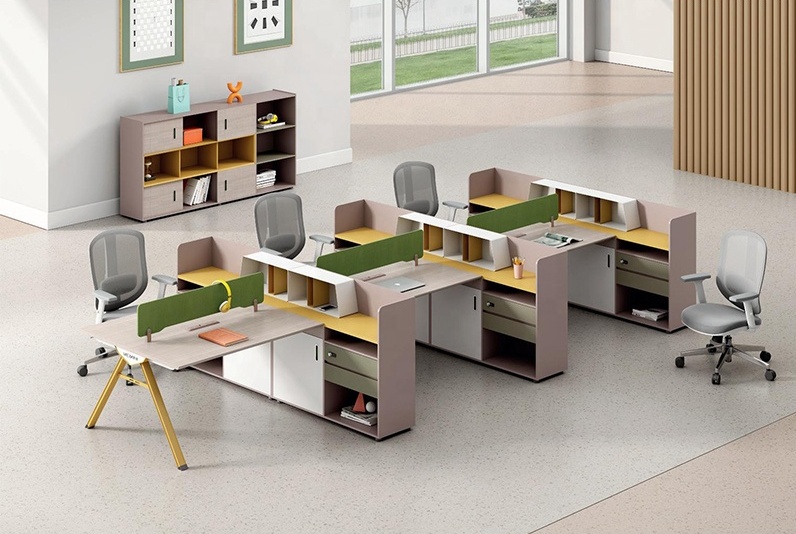
4. Evolving Consumer & Market Needs
Modern consumers prioritize both sustainability and functionality. 79% of urban buyers in China consider environmental certifications when purchasing furniture , while modular designs cater to small living spaces and office flexibility. The rise of housing (45% penetration) and smart home integration (25% system adoption by 2030) further expands demand. Cross-border e-commerce, especially in RCEP markets, drives export growth at 18.7% annually .
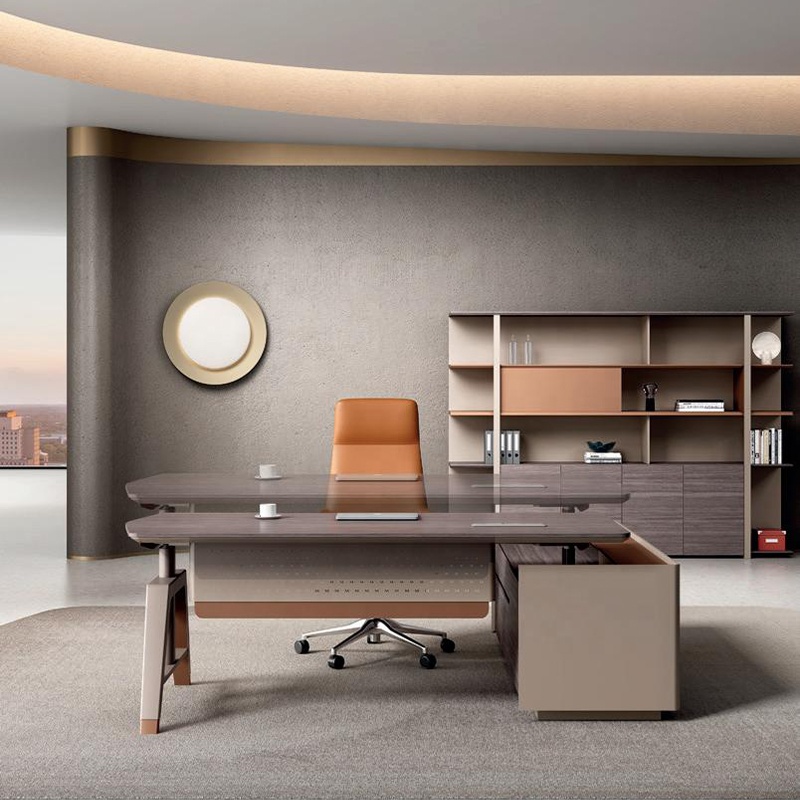
Conclusion
Panel furniture’s growth is not accidental—it thrives on its ability to balance resource efficiency, technological progress, regulatory compliance, and consumer expectations. As the industry moves toward "intelligent customization + green manufacturing," it remains well-positioned to capture future market opportunities.
